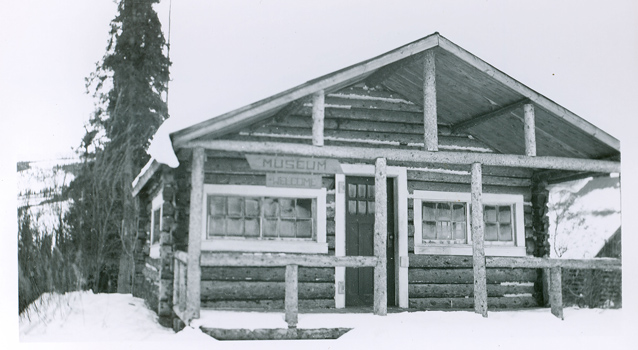
NPS photo
Exploring the museum collections at Denali National Park and Preserve is like touching history. The Museum Curator stands in the collections vault and slowly opens one of the cabinet drawers. What lies in the drawer, protected for years to come, is the parka that Barbara Washburn wore as the first woman to successfully summit Mt. McKinley in 1947. A few cabinets away, another pulled drawer reveals willow ptarmigan in winter and summer plumage.
Such moments of Denali’s history are tucked away in the vault. Sometimes the stories behind the objects held in the collections are never fully known, but frequently, with information gleaned from letters, handwritten notes on photographs, and from researchers who provide collection data following Research and Collecting Permit protocols, stories can be woven around the objects to provide a special legacy of Denali’s past.
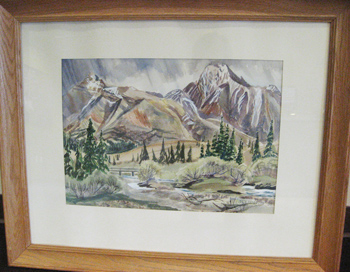
NPS photo
What is in Denali’s museum collections?
The Denali collections vault contains approximately 850 square feet of climate-controlled storage space that houses over 370,000 items from eight different disciplines: archeology, ethnology, history, archives, art, biology, paleontology, and geology. Outside the vault is a workroom where new acquisitions are checked for pests, accessioned and cataloged, and assigned space in the storage vault. Some collections are on loan to other institutions for research or display.
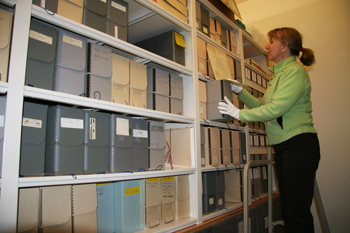
NPS photo
Museum collections and the NPS
It is NPS policy to collect, protect, preserve, provide access to, and use of, park collections to aid understanding and advance knowledge. Collections play an important role in resource management, research, and interpretive programs; and function as baseline data for park natural and cultural resources.
Each national park aims to meet the same legal mandates, and the standards and policies that have been set Service-wide, for museum collections. These uniform requirements protect the collections from inhospitable relative humidity, temperature, light, dust, water damage, and pests, as well as loss and deterioration over time.
Almost as important as protecting the objects, is documenting information about the objects, such as “who, what, when, where, why.” Objects separated from their associated data are less valuable to the historical record and thus to the telling of Denali’s stories.
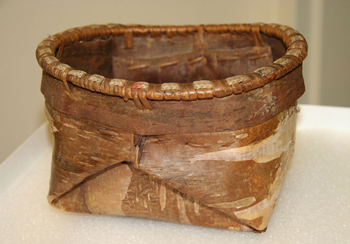
NPS photo
A suite of plans directs the operations of Denali’s museum collections: a Scope of Collections (defines the purpose of the park’s museum collections), a Condition Assessment, and plans for management, storage, integrated pest management, and emergency operations. Each year, the Museum Curator generates a list of about 200 randomly-selected objects from the collections database, in order to make spot checks on the objects, making sure they are accounted for and properly preserved.
History of the Denali museum collections
As early as 1943, there was a museum at Denali that housed exhibits of collected and borrowed objects. Later, collections were displayed in a building referred to as the “exhibit room.” In 1960, a new “exhibit room” was opened adjacent to a park entrance station. Park interpretive activities included exhibit room talks. At some point, the collections were stored, removing them from public view. In 2001, rehabilitation of a storage space in the Resources Building was completed, and the collections were transferred there, where they remain today.
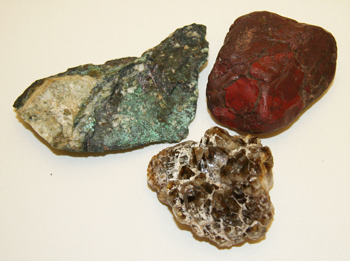
NPS photo
How are the museum collections used?
The museum collections are open to anyone, by appointment, wishing to use the materials for nonconsumptive, on-site study and research. Annually, the Museum Curator accommodates approximately 100 requests to use the collections. Tours can be arranged, if the Curator’s schedule allows, and volunteer opportunities are available. Donated items, to enhance the museum collections, are welcomed.
In addition to art, geology, and ethnology, here are some other disciplines featured in the Denali museum collection, which includes more than 370,000 items:
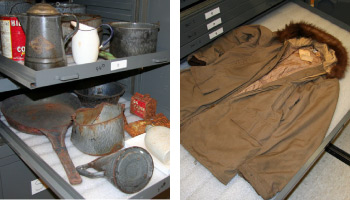
NPS photo
History
These items comprise nonarcheological material objects of the non-native cultures at Denali. For example, Adolph Murie’s camera, the thermometer that recorded minimum temperatures on the Stuck-Karstens Expedition, the pen used by Woodrow Wilson in 1917 to sign the act creating Mount McKinley National Park, crampons from the Sourdough Expedition, Barbara Washburn’s parka, rare or out-of-print books, tools, plates, cups, bowls, snowshoes, and a balance and balance weights used by miners.
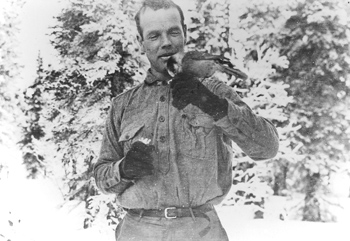
NPS photo
Archives
Photos and writings help tell Denali’s stories about people and events. There are more than 6,000 black and white photos and 218 linear feet of documents. The documents include the Superintendent monthly reports (1927-1967), mountaineering records (1906- 1995), maps, blueprints, diaries, cabin log books, Alaska Railroad documents, Grant Pearson’s papers (1943-1972), Johnnie Busia’s guest book, administrative research collections, and field observations and records.
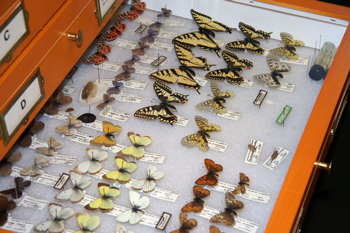
NPS photo
Biology
The collection of plant and animal specimens that document the diversity of life within park boundaries includes:
• over 8,000 herbarium specimens (vascular plants and bryophtes)
• over 700 insect specimens
• over 100 animal study skins
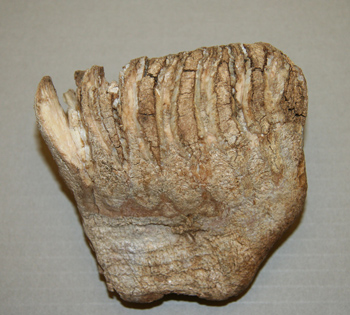
NPS photo
Paleontology
Fossil remains from past geologic periods at Denali include:
• Dinosaur tracks
• Mammoth teeth
• Prehistoric bison skulls
• Corals
• Fossil impressions of leaves
• Invertebrate fossils
• Fossil tracks of fish and birds
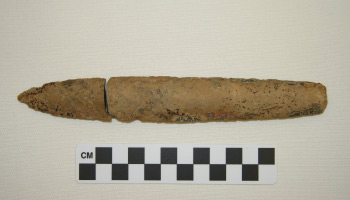
NPS photo
Archeology
The material remains of past human life and activities at Denali include lithic (stone) tools dating as far back as 10,000 years before present (BP) to the Late Paleo- Indian hunting culture, and mining and early homesteading artifacts that have been excavated.
Last updated: July 28, 2016
